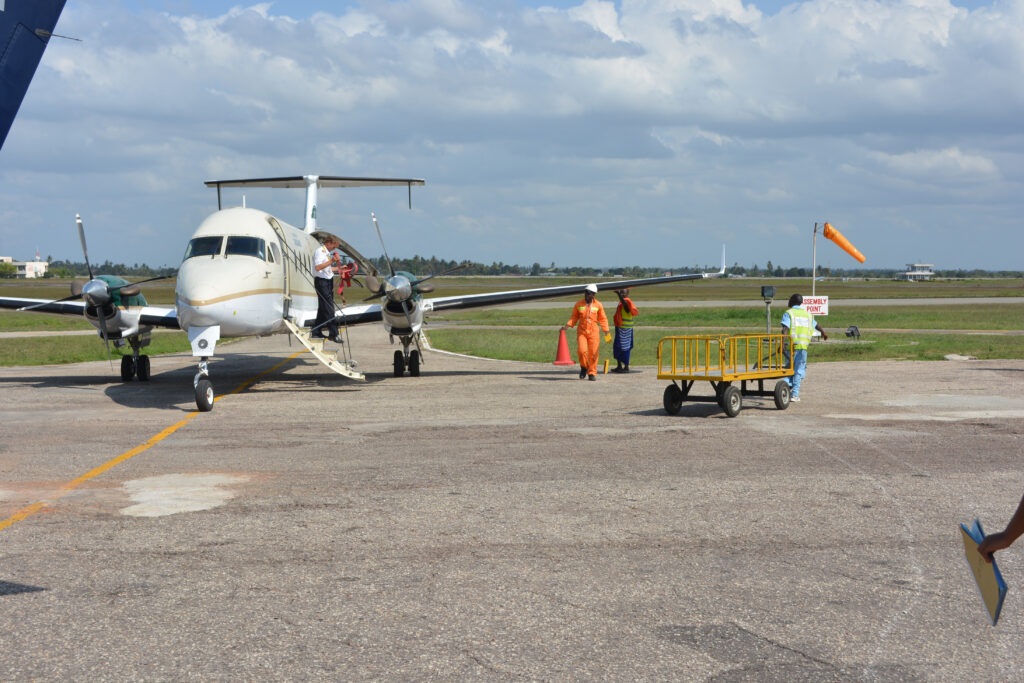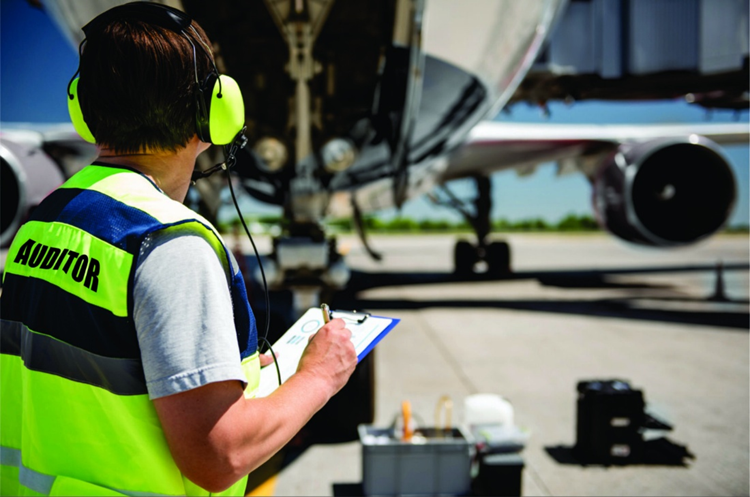
Introduction
In recent years, Rwanda has emerged as a growing aviation hub in East Africa, driven by strong policy reforms, a supportive investment climate, and strategic positioning. The country’s main gateway, Kigali International Airport, is steadily expanding its operations, while RwandAir continues to grow its regional and international presence. In tandem with this expansion, Rwanda’s aviation sector has intensified efforts to align with global aviation safety benchmarks—particularly through the adoption of ICAO’s Safety Management System (SMS) framework. This article explores how Rwanda is implementing the SMS model across its aviation ecosystem, including regulatory structures, airline operations, and airport safety protocols, to ensure continuous risk management and operational excellence.
Understanding the ICAO Safety Management System
The ICAO Safety Management System is a structured framework that enables aviation service providers and regulators to identify hazards, manage safety risks, and promote a culture of proactive safety. SMS is not just a compliance measure—it is an operational philosophy based on continuous improvement. Its four key components include:
- Safety Policy and Objectives
- Safety Risk Management
- Safety Assurance
- Safety Promotion
ICAO mandates SMS implementation by all member states to enhance the global aviation safety baseline. For countries like Rwanda, adopting SMS principles offers a pathway to modernize regulatory oversight, improve incident reporting mechanisms, and strengthen safety cultures within aviation organizations.
Rwanda’s Regulatory Commitment to SMS
The Rwanda Civil Aviation Authority (RCAA) has been proactive in integrating ICAO-compliant practices into its regulatory framework. Since 2021, the RCAA has prioritized SMS deployment across certified aviation service providers, including airlines, airports, maintenance organizations, and air navigation service providers.
To support this transition, the RCAA revised its regulations in alignment with ICAO Annex 19 (Safety Management), ensuring that licensed entities must implement and maintain approved SMS programs. The authority also rolled out a national SMS implementation roadmap, detailing timelines, training requirements, and compliance assessments for both public and private operators.
This shift toward a systemic safety approach reflects Rwanda’s broader commitment to regulatory excellence, transparency, and alignment with global aviation norms.
Airline Integration: RwandAir as a Case Study

RwandAir, the national carrier, has made significant strides in embedding SMS into its daily operations. The airline has developed a comprehensive Safety Management Manual, conducted internal safety audits, and established a dedicated Safety Management Unit tasked with hazard identification and risk assessment.
One key success has been the creation of a voluntary safety reporting system accessible to all flight and ground crew. This system, backed by anonymous submission tools, has fostered a strong safety culture where employees are encouraged to report hazards without fear of punitive consequences.
The airline also engages in regular safety training for operational staff, covering SMS principles, incident response protocols, and safety communication strategies. These initiatives help ensure that safety is integrated into every level of decision-making and operations.
Airport and Air Navigation Safety Systems
At Kigali International Airport, SMS principles have been incorporated into routine airport safety operations. The airport’s management team has instituted structured hazard reporting procedures and proactive maintenance programs. Operational risk assessments are conducted regularly—particularly for runway safety, apron management, and airside driving.
Furthermore, Rwanda Air Navigation Services (RANS) has upgraded its processes to incorporate risk-based oversight of air traffic control operations. This includes monitoring potential safety events such as loss of separation, communication failures, and equipment outages. SMS processes have allowed RANS to build predictive models for risk trends and adapt its procedures accordingly.
These advancements contribute to a holistic aviation safety environment that stretches beyond the cockpit to encompass ground handling, airside operations, and traffic management.
Training and Capacity Building
Effective SMS implementation relies heavily on training and human resource development. The RCAA has launched several capacity-building initiatives targeting inspectors, airline managers, airport personnel, and maintenance technicians. These programs, often delivered in partnership with ICAO’s Cooperative Development of Operational Safety and Continuing Airworthiness Programme (COSCAP), focus on safety data analysis, incident investigation, and risk mitigation strategies.
Local aviation training institutions, such as the Rwanda Civil Aviation Training Academy, are also incorporating SMS modules into their curricula to ensure that upcoming aviation professionals are equipped with modern safety competencies from the outset.
Challenges in Implementation
Despite notable progress, Rwanda faces several challenges in fully institutionalizing SMS. One of the key obstacles is the limited availability of experienced safety auditors and specialists. Recruiting and retaining personnel with advanced SMS expertise remains a hurdle, especially given the competitive demand across the African aviation market.
Data quality and integration across stakeholders also pose difficulties. Without a centralized safety database or automated safety reporting platforms, analyzing risk trends and implementing corrective actions becomes time-consuming. The RCAA is currently exploring digital platforms to enhance data collection and visualization capabilities.
Additionally, some smaller service providers still view SMS as a regulatory burden rather than an operational asset. Promoting buy-in from all stakeholders—especially ground handlers, maintenance contractors, and general aviation operators—remains an ongoing effort.
Looking Ahead: Regional and International Collaboration
Rwanda’s SMS implementation efforts have been significantly enhanced by cooperation with ICAO, the African Civil Aviation Commission (AFCAC), and the East African Community (EAC). Regional knowledge-sharing forums and joint training initiatives have helped Rwanda benchmark its progress and learn from peers facing similar implementation challenges.
The country is also part of ICAO’s Global Aviation Safety Oversight System (GASOS), which allows for harmonized oversight and international peer review. Such affiliations are vital for small but ambitious states like Rwanda seeking to maintain strong global safety reputations.
Conclusion
Rwanda’s adoption of the ICAO Safety Management System reflects a strategic shift in its approach to aviation safety—from reactive enforcement to proactive risk management. Through regulatory updates, institutional training, and stakeholder engagement, Rwanda is building a resilient and adaptive aviation safety ecosystem. While implementation challenges remain, the country’s progress offers a promising model for other East African nations striving to modernize their aviation safety frameworks. As air traffic in the region grows, so too must the capacity to manage risk intelligently—and Rwanda is leading the way.


